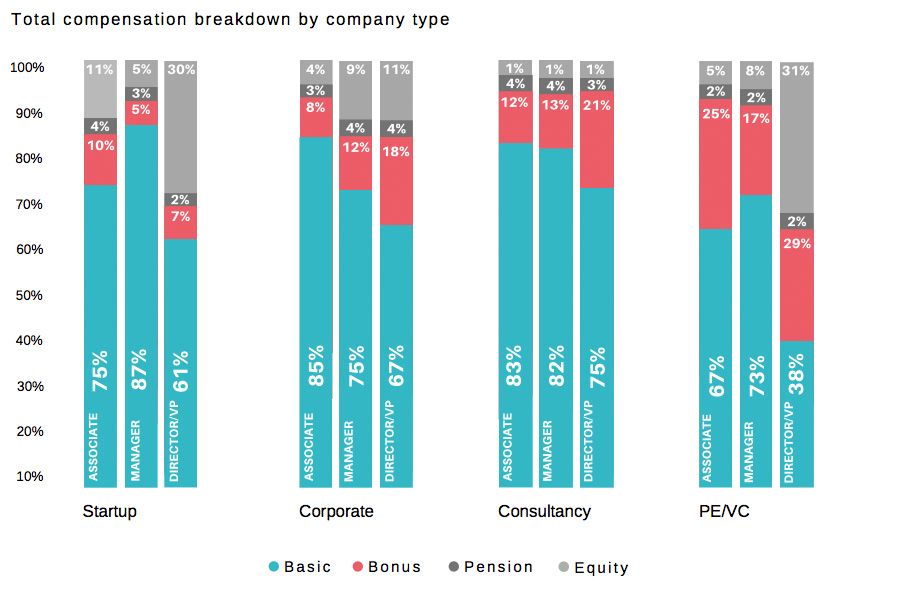
There are different types of structures that a company can adopt. There are three types of structures that a company can use: the hierarchical, the matrix, and the functional. These structures can be beneficial depending on the organization's business goals. These structures can help the company determine which areas it should focus on and what steps to take next. The company's structure can also be used to help determine how it will allocate its resources.
Functional structure
A functional structure is an excellent way to organize your company. This structure allows employees focus on their particular areas of expertise. This structure can make it easier for employees to work together and takes risks. This is the most popular organizational structure. It allows employees to focus on their areas and collaborate with other people in similar positions. It can be scaled so it works for any company. It does have its challenges.
The biggest advantage of a functional structure is that it creates a stable work environment with a defined job scope. It increases organizational efficiency. This structure has been adopted by large corporations because it allows departments the freedom to operate independently and helps eliminate bottlenecks within the company. Because employees are working on projects related to their expertise, this structure has many other benefits.
Hierarchical structure
Hierarchical structures are the way a company is structured. It is used to help the management manage the business effectively. The managers report to the different department heads and manage the day-today operations. It allows the managers to move people up from the lower levels if they feel it is necessary. As a company grows, the hierarchy can become more complex.

Most companies have a pyramid-like structure. This has a small top team, many workers at the base, and a variety of levels in between. The modern age has seen a shift in hierarchy. This has led some companies to try to restructure their hierarchies. One of the most prominent software companies' employee handbooks eliminates managers to make way for teams of employees.
Matrix structure
A matrix structure is an organizational arrangement that divides a company into various units and reporting relationships. This type of company structure is ideal for companies that have high growth potential and need to quickly produce new products or services. It can be problematic when it comes managing existing units or creating priorities.
Your organization may have a matrix structure. You should ensure that your managers are able to communicate effectively with one another. You will also be able to communicate clearly with your managers about the expectations you have for your team. If there are disagreements, it is possible to help them get along. A project manager might see execution as his responsibility while a product manager, customer success manager, or project manager could see it as theirs. Finding a balance between all of your responsibilities is key to achieving your company's objectives. Your managers should be trained on how to navigate this matrix structure.
Multidivisional structure
Multidivisional structures allow companies to diversify and increase their profitability while minimising the risk of concentration. Multi-divisional companies will reap the benefits of each other's success. Companies that manage multiple businesses will reap the benefits of their combined success.
A multidivisional company structure is common among large companies with many distinct business units. The leadership team of these companies is usually organized based on products, subsidiaries, or projects. Johnson & Johnson, a global company, has many product divisions that each operate as a separate company. Sometimes, divisions are geographically defined. For instance, a multinational corporation may have a North America-specific division and one for Europe.

Holacracy structure
Holacracy has the potential to increase organizational agility. It can also help companies be more resilient to changes. The structure is based in principles of collaboration as well as self-organization. It allows the organization take advantage of both new opportunities and old challenges. Additionally, the structure eliminates the need for heroic leaders and managers. This allows members to discuss ongoing tasks and make informed decisions.
Holacracy is a system where each member has to be responsible for decisions that involve people or resources. The person taking these decisions must be able fill their circle with people and find resources to support the project. However, some organizations have criticized this structure. Steve Denning, an author for Forbes, addresses some common misconceptions about this structure in an article. Oliver Compagne countered that the differences between the structure and its counterparts are not as stark as Denning claimed.
FAQ
Who hires consultants
Many businesses hire consultants to assist them with their projects. These consultants can be found in small and large businesses as well as government agencies, universities, educational institutions, non-profits, and education institutions.
Some consultants work directly with these organizations while others freelance. In either case, the hiring process varies depending on the size and complexity of the project.
Many rounds of interviews are required when hiring consultants. Then, the final decision will be made about who you believe is best for the job.
How do you start an LLC consultancy company?
The first step is to decide what service provider you want to be. Then, make sure that you are qualified for these services. It may be a good idea to seek out someone who offers the services you need and observe their work.
Once you have a clear idea of what you are offering, you can start to identify your target market. You may have to create more if there aren’t enough.
Next, you will need to decide if you want to start your own business or hire others.
The state may also permit you to open your own consulting company. However, it requires some paperwork and fees.
Do I need legal advice?
Yes! Yes! Many consultants create contracts without consulting clients. This can create problems down the line. If the client terminates an agreement with the consultant before the completion date, what are the consequences? What happens if the contract stipulates that the consultant must meet certain deadlines?
To avoid any potential problems, it is best to consult a lawyer.
What skills are necessary for consulting?
As a consultant, you should have both strong interpersonal skills and analytical skills. This is because you could be asked questions or not know what you are doing. It is important to learn how to quickly solve problems and manage people.
You also need to have excellent communication skills. Most clients expect a reply within 24 hours. If they don't hear back from you, they assume you aren't interested. It is vital to inform them and make sure that they are fully informed.
What is a consultant anyway?
Consultants provide services for others. It's more than just a job title. This role allows you to help others achieve their dreams. By helping people understand their options and helping to make the right decisions, you do this.
Consultants are skilled at solving problems and overcoming challenges that can arise during projects. They can provide guidance and advice on how to implement the solutions.
Consultants should be able and willing to answer any questions regarding business, technology or finance, leadership, strategy, customer service, legal, management, leadership, management, law, management, law, procurement, legal, marketing, human resources, etc.
Statistics
- According to statistics from the ONS, the UK has around 300,000 consultants, of which around 63,000 professionals work as management consultants. (consultancy.uk)
- 67% of consultants start their consulting businesses after quitting their jobs, while 33% start while they're still at their jobs. (consultingsuccess.com)
- WHY choose me: Why your ideal client should choose you (ex: 10 years of experience and 6-week program has helped over 20 clients boost their sales by an average of 33% in 6 months). (consultingsuccess.com)
- My 10 years of experience and 6-step program have helped over 20 clients boost their sales by an average of 33% in 6 months. (consultingsuccess.com)
- According to IBISWorld, revenues in the consulting industry will exceed $261 billion in 2020. (nerdwallet.com)
External Links
How To
What does a typical day look like for a consultant?
Your work type will determine the length of your day. But, in general, you will spend your time researching, planning and meeting new clients.
You will often have meetings where you discuss issues and problems with clients. These meetings can be held over the telephone, online or face-to face.
Sometimes, you may be asked to create proposals. These are documents that outline your ideas and plans for clients. You will need to discuss these proposals with a mentor or colleague before you present them to clients.
After all the preparation and planning, it's time to actually create some content. For example, you could be writing articles, designing websites, creating videos, editing photos, or conducting interviews.
Depending on the scope of the project, you may need to do some research in order to gather relevant statistics or figures. It may be necessary to know how many customers are currently using your products or services.
Once you have gathered enough information, it's time to present your findings to clients. You can either present your findings in writing or orally.
After the initial consultation, it is important to follow up with clients. You could phone them occasionally to check on things or send an email asking them to confirm that you have received their proposal.
While this can be a slow process, it's essential to remain focused and maintain good working relationships with clients.